
Cats are not the mysterious, aloof enigmas pop culture has made them out to be. In fact, many of the “truths” people repeat about feline behavior, diet, and needs are flat-out wrong-and believing them can lead to unhappy, unhealthy pets. These myths aren’t harmless; they shape how cats are treated, often in ways that ignore their emotional and physical needs.
From the idea that cats are low-maintenance to the belief they can’t be trained, these misconceptions have been passed down for decades. On the contrary, modern research and expert insights paint a picture of cats being social, sensitive, and able to do much more than most owners realize.
Here are nine of the most persistent cat myths, along with the real facts to help every cat lover create a better life for their feline companions.
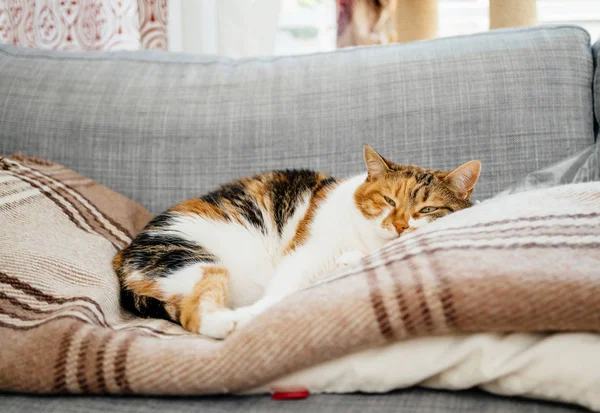
1. Cats Are Nocturnal
The image of cats prowling all night is misleading. Jackson Galaxy, cat behaviorist and host of My Cat From Hell, suggests that cats are actually crepuscular-most active at dawn and dusk. That matches the activity patterns of their natural prey. While there are cats that wake up owners at 3 a.m., that’s much more habit than biology. By feeding them on a schedule and avoiding free-feeding, owners can align feline activity with their own routines.
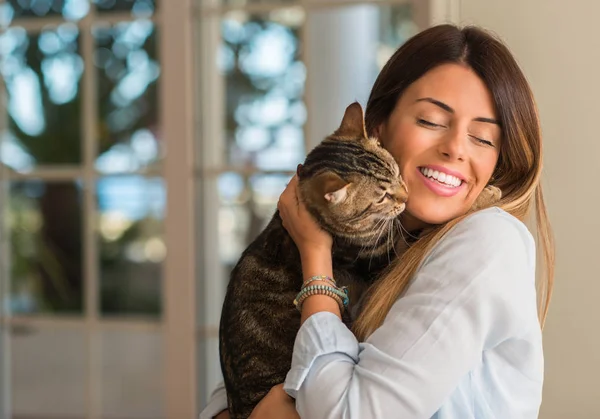
2. Cats are aloof and prefer being alone
Science says otherwise. Studies show cats can develop secure attachments to humans at rates comparable to dogs and even human toddlers. The 2019 Oregon State University research found many cats seek proximity and comfort from attentive humans. Galaxy notes that while the expression of feline affection may not look like that from a dog, most cats do live their best lives in the context of relationships-with both people and other animals-when social needs are being appropriately met.

3. Cats Can’t Be Trained
Russell Hartstein, a certified cat behaviorist, says that cats are “just as trainable as dogs.” They learn patterns quickly and respond to positive reinforcement; they can learn such behaviors as coming when called and using scratching posts. Clicker training coupled with food rewards does wonders. The myth that they can’t be trained often leads owners to tolerate unwanted habits rather than teaching cats better ones.
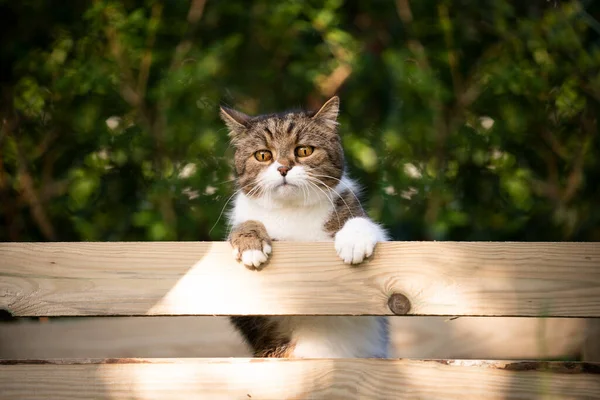
4. Cats are low-maintenance pets.
While they don’t require daily walks, cats need much more than food and a litter box. Feline veterinarian Lynn Bahr stresses that indoor cats need enrichment-sunny windows, interactive toys, climbing spaces, and regular play-to keep them mentally and physically healthy. Without it, boredom can lead to destructive behaviors and stress-related health issues.
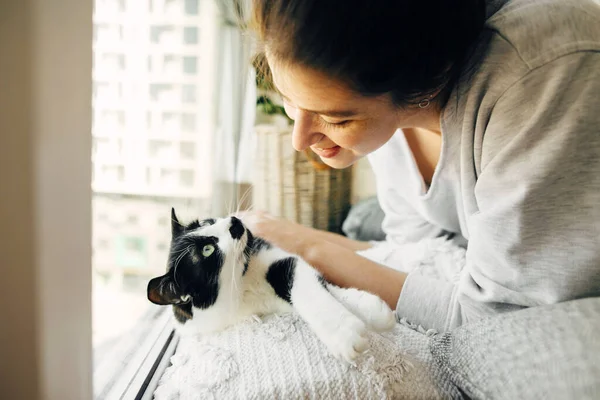
5. Purring Always Means Happiness
A purr can be a sign of contentment, but it’s not always a happy sound. According to Dawn LaFontaine, founder of Cat in the Box, cats also purr when they are frightened, in pain, or even near death. It’s a versatile communication tool, sometimes used to self-soothe. Context-which means body language, environment, recent events-really matters when interpreting a purr.
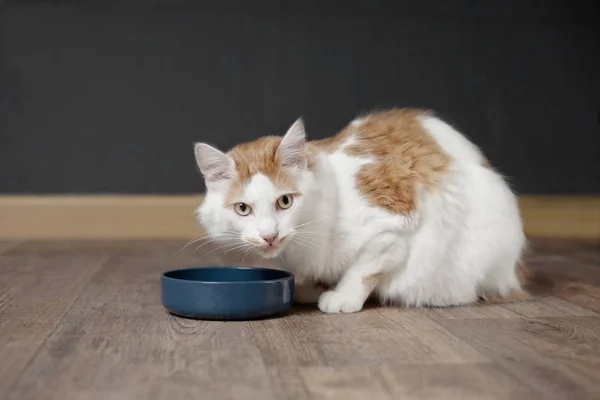
6. Milk: A Healthy Treat for Cats
The classic image is that of cats lapping up milk; in fact, most adult cats are lactose intolerant. They lose the enzyme lactase, necessary to digest milk sugars, shortly after weaning, and giving milk often leads to stomach upset, vomiting, and diarrhea. Fresh water and cat-safe treats are far better options.
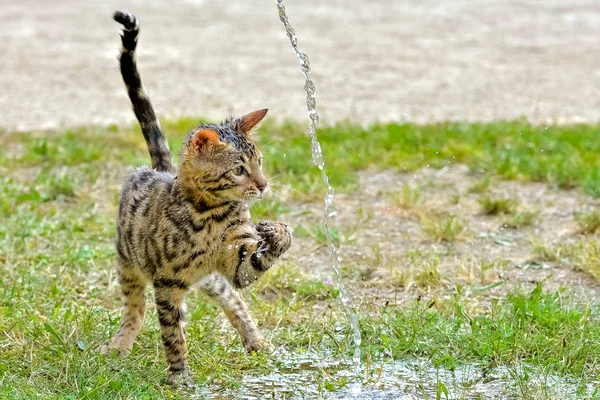
7. Cats hate water
While many cats do not like baths at all, some other cats are intrigued by water. According to LaFontaine, such breeds as the Turkish Van and Bengal may adore swimming or at least playing in running water. Cats’ fur lacks the waterproofing oils of dogs, so they get cold easily when soaked-but curiosity about water itself is not uncommon.
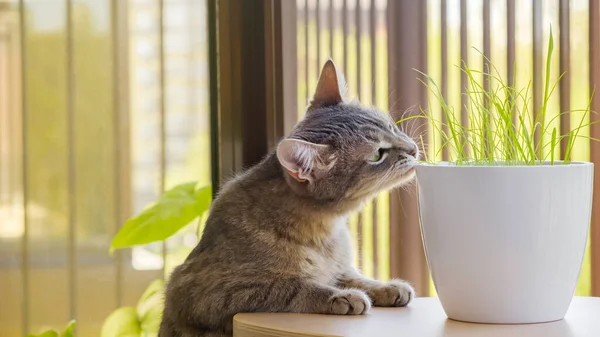
8. All Cats Love Catnip
Only about 50-75% of cats respond to catnip’s active compound, nepetalactone. Sensitivity is inherited, and reactions vary-from playful euphoria to aggression. For cats that don’t respond, alternatives such as silvervine or valerian root can provide similar enrichment. According to the Animal Humane Society, catnip is safe, non-addictive, and can be a great tool for exercise, stress relief, and training.

9. Indoor Cats Always Live Longer
As Dr. Bahr explains, this holds true only when house cats are compared to homeless outdoor cats. Owned cats with safe outdoor access may live just as long as indoor-only cats. However, they, too, must be set up for success with a hazard-free outdoor environment-free of toxic plants, predators, and street traffic.
Challenging these myths isn’t just about winning trivia night-it’s about improving feline welfare. Understanding that cats are social, trainable, and complex animals helps owners meet their needs more fully. When old assumptions are replaced with evidence-based care, cats live healthier, happier lives-and the bond between human and feline grows stronger than ever.


